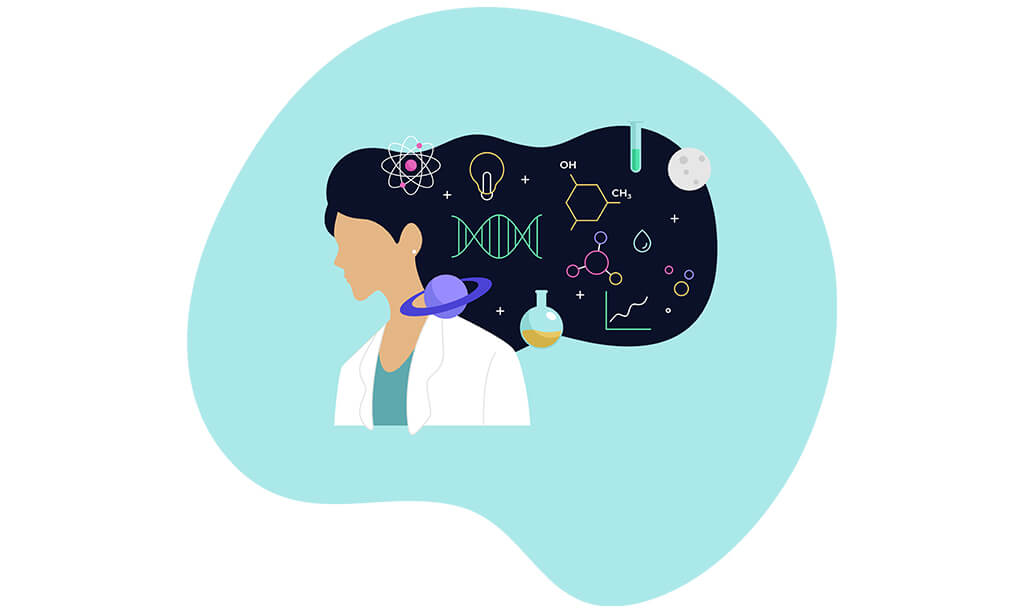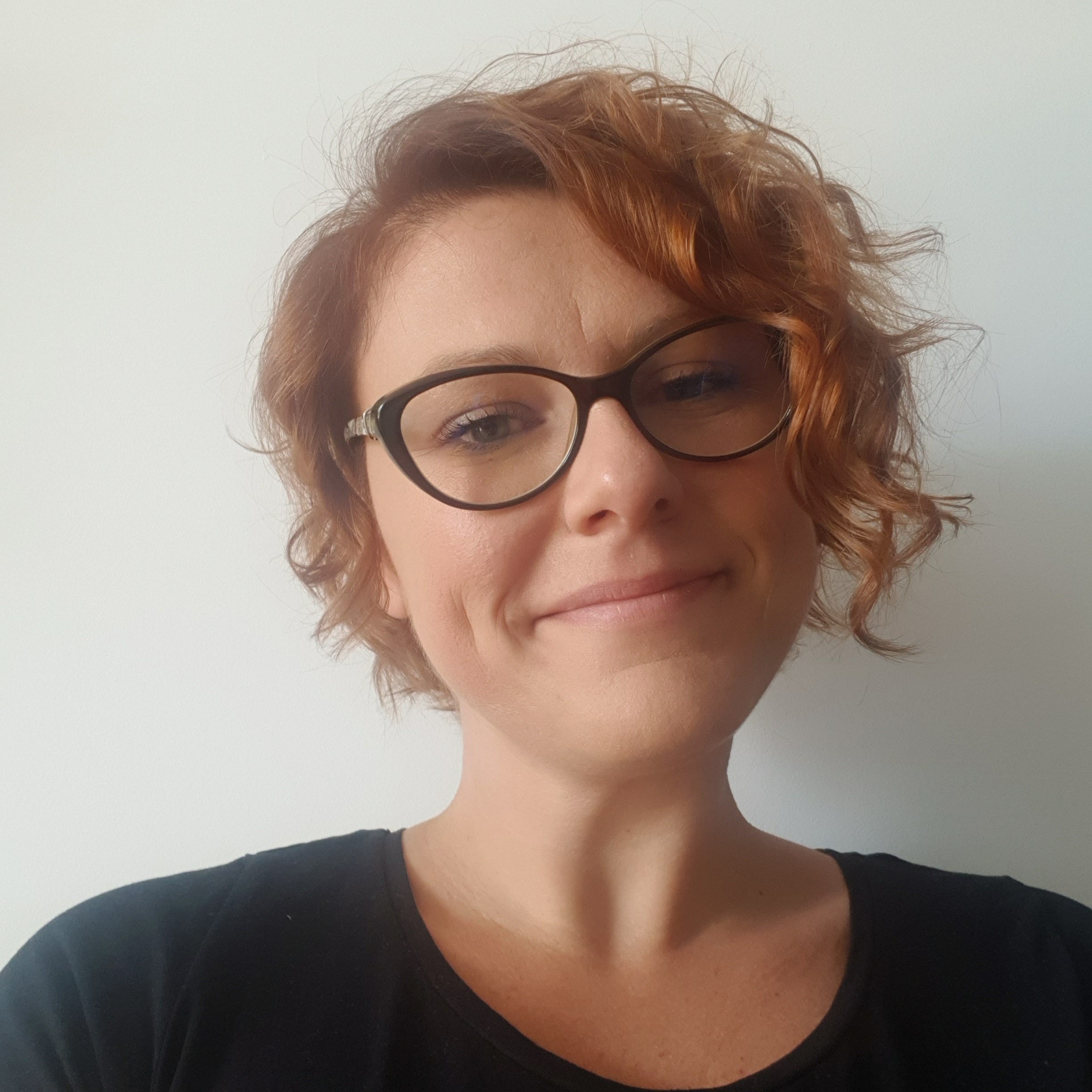
In this advanced ESL lesson, the student will learn some useful words and expressions to talk about scientific research and achievements.
At C1 level, you have to learn collocations i.e., phrases and words that simply sound good together. While there may be multiple combinations, one will be the most correct. I’m inviting you to take the plunge and dive into the world of science and technology. Great female minds will be our guides in this lesson. You will discover facts no one has ever taught you before. Let’s start.
Warm-up quiz
As a warm-up exercise, the student learns some technology-related fun facts and decides whether they are true or false. Then, they learn what some well-known technology acronyms stand for (ICT, IT, and STEM).
Before moving on to the video part of the lesson, the student tries to remember some important women in the world of technology and science.
Video: Why support women and girls in science and technology?
The student learns about the reasons why we should support women and girls in science and technology and later tries to name all of them.
Collocations: science and technology
Technology collocations are introduced through a matching exercise (cutting edge technology, significant breakthrough, innovative research, bleeding edge technology). Then, the students themselves make new collocations.
Vocabulary: science and technology
The student learns and revises new vocabulary (e.g. bug, trailblazing, grant, etc.) by completing sentences in biographies of famous women scientists (e.g. Dorothy Hodgkin, Grace Hopper, etc.).
Video: Who is Katherine Johnson?
After watching a video about Katherine Johnson, a human computer, the student fills in the gaps with the missing information about this ingenious woman.
Video: Let’s get the world ready for girls!
In a short video, the student learns about a campaign run by LEGO to support and welcome girls to the roles the society doesn’t usually associate them with.
The lesson ends with a wrap-up discussion about supporting women in their pursuit of careers in science.

Augmented Reality vs. Virtual Reality
This Upper Intermediate lesson plan focuses on expanding vocabulary…

Risks of Social Media
This Proficiency ESL lesson plan is all about diving deep into…

Should you get an EV?
This Intermediate lesson plan aims to expand students’ vocabulary on the topic of Electric Vehicles…


